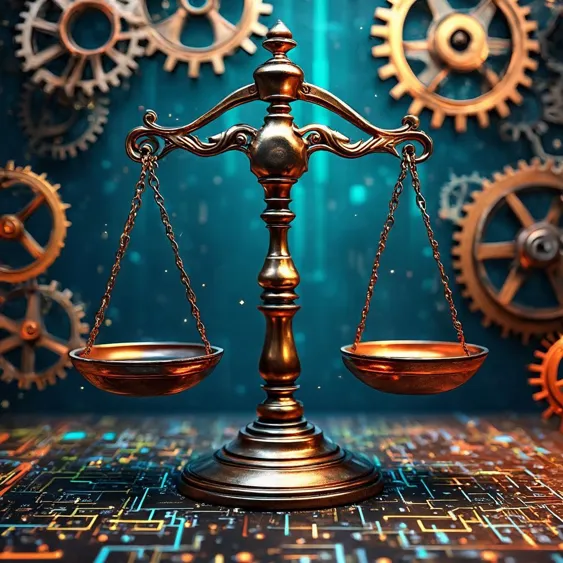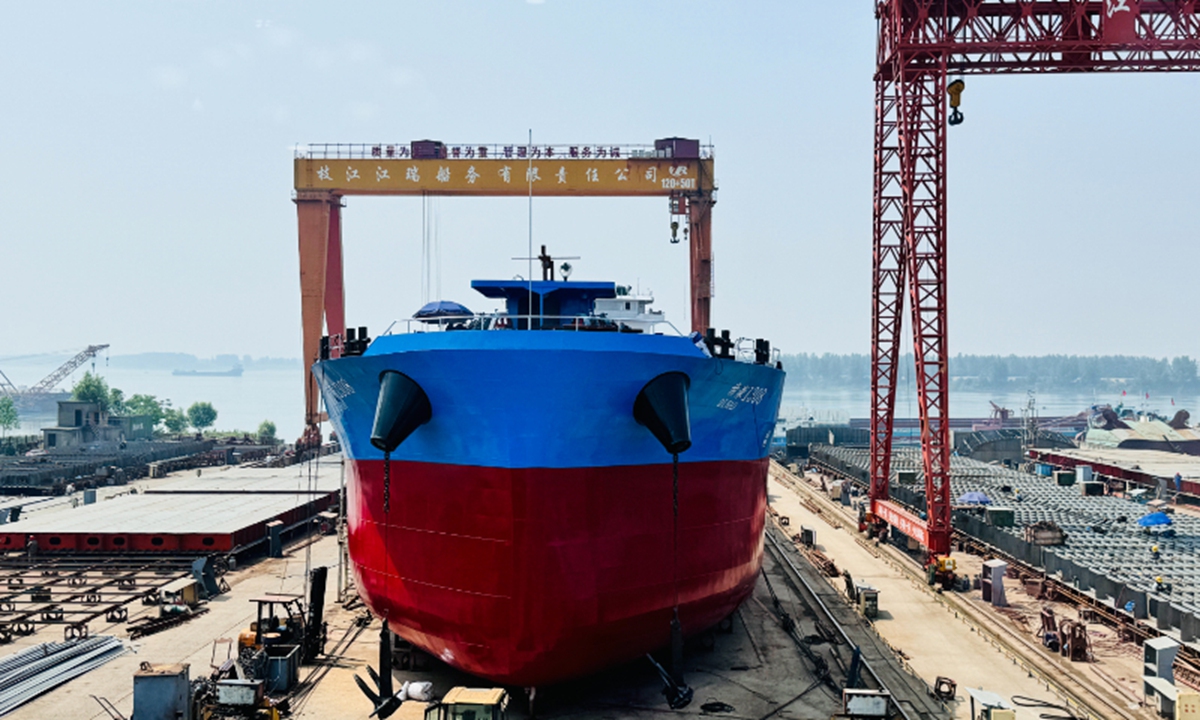AI's Impact on Labor: A Double-Edged Sword

The article "How some of the biggest U.S. companies are using AI to cut workers" sheds light on a pressing issue in contemporary labor markets, raising questions about the implications of artificial intelligence (AI) on employment trends. As businesses increasingly adopt AI solutions to enhance productivity and streamline operations, the potential for workforce reduction seems inevitable. While proponents tout efficiency and cost-effectiveness, how many jobs will be sacrificed at the altar of technological advancement? This commentary seeks to unpack the complexities associated with AI's integration into the workforce.
At a macroeconomic level, the rise of AI corresponds with a notable shift in employment dynamics, particularly in sectors heavily reliant on manual, entry-level positions. A report from Goldman Sachs highlights a palpable uptick in unemployment among young tech workers as AI tools become more sophisticated and accessible. The data is alarming; as industries such as marketing consulting, call centers, and graphic design see negative employment growth, we must ask: Are we witnessing the beginning of a broader trend towards human obsolescence in the workforce? Conversely, some analysts, such as Goldman’s chief U.S. economist Jan Hatzius, maintain that AI-related innovations will ultimately create new job opportunities, suggesting an evolutionary rather than destructive trajectory for the labor market.
From a corporate strategy perspective, companies can harness AI's potential to improve efficiency across operational functions. For instance, Microsoft claims that its AI tools have already saved hundreds of millions of dollars annually in support functions. Other organizations, including Amazon and UPS, are employing advanced robotics to optimize logistics, thereby reducing reliance on human labor. This raises critical questions about the long-term implications of strategic automation: will companies be able to reinvest the savings into new innovations or employee reskilling programs? The historical contexts of past employment cycles, such as the aftermath of the 2008 financial crisis, suggest that while technological disruptions are inevitable, they can also serve as catalysts for economic reinvention. It is essential for policymakers to consider the long-term ramifications of these corporate strategies in terms of workforce adaptability, training requirements, and economic equity.
In conclusion, the ongoing integration of AI into the U.S. labor market offers both risks and opportunities. While it's undeniably true that some job losses are occurring now, and demand for certain skills may dwindle, it’s equally possible that AI could lead to the emergence of new roles that we cannot yet envision. Companies and regulators must balance the promise of productivity with the imperative of social responsibility. As labor markets evolve, will stakeholders seize the opportunity to guide this transition in a way that maximizes benefits for all? This question will be crucial as we navigate the complexities of an AI-driven economy.
Read These Next

Chinese Shipbuilders Suspend Trading to Form Largest Firm
CSSC and CSIC's merger creates the world's largest shipbuilding firm, boosting competitiveness and tech integration in China.

Hua Hong Semiconductor Surges Nearly 6% in Hong Kong Stocks
Hong Kong semiconductor stocks surge; Hua Hong up nearly 6%. Recovery boosts investor confidence amid global tech growth.

Governance Challenges: Risks in Board Restructuring
Commentary on recent governance changes in a company's board structure highlighting the significance of independent oversight and potential risks.
